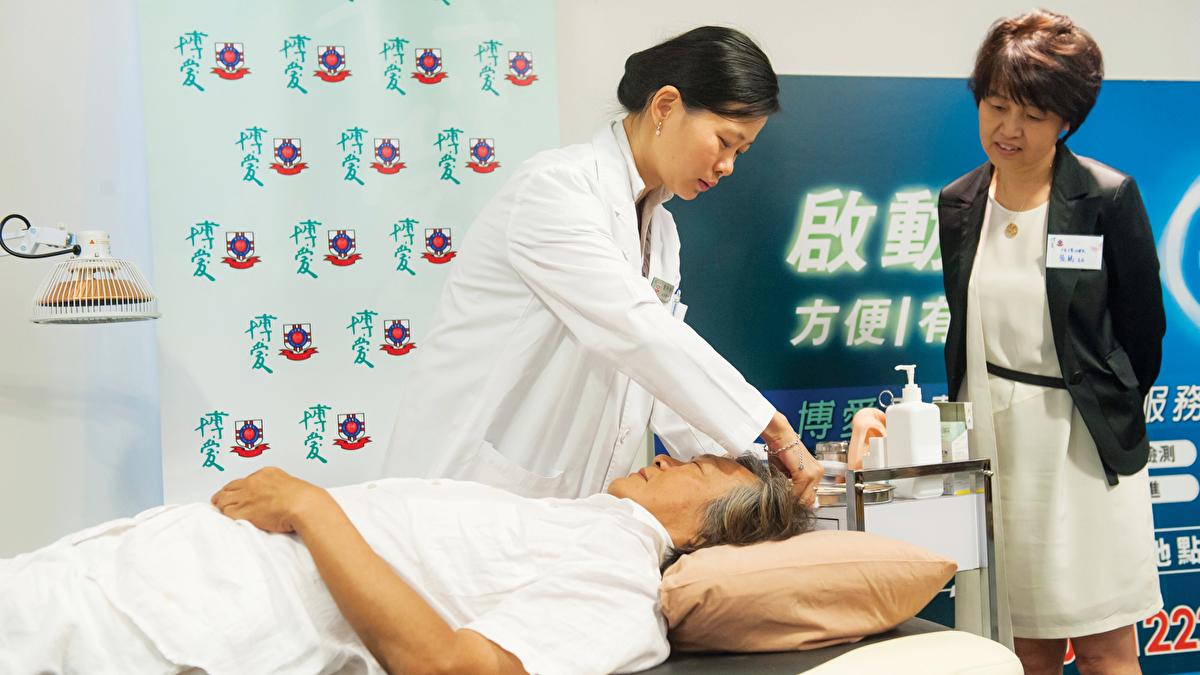
Hong Kong is gearing up to welcome its first Chinese medicine hospital by year-end, positioning the city a bridge between tradition and modernity in healthcare. A former Hong Kong health chief and experts envision landmark initiatives and international collaborations that could bring traditional Chinese medicine (TCM) from its ancient roots to the forefront of the global stage.
Ko Wing-man, who served as Hong Kong’s secretary for food and health from 2012 to 2017 and is now a non-official member of the Executive Council of Hong Kong, hailed the hospital as “a significant milestone and much-awaited first step” toward the city’s long-term advancement of TCM.
He said the project crowns decades of policy evolution. Over the decades, Hong Kong has pioneered a distinct approach — fostering collaborative clinical models between Chinese and Western medicine, while deliberately keeping their registration and governance separate. This, he said, has furthered the city’s position as a unique “bridge” with global credibility, in contrast to the Chinese mainland, where the two streams are “arguably too integrated”.
“You can find nowhere else in the world with a Chinese medicine system like that of Hong Kong — recognized internationally both for regulatory standards and its clinical service model,” Ko told a conference in Hong Kong on Thursday.
TCM has come into society-wide focus in Hong Kong since 1980s, with the SAR government appointing the Working Party on Chinese Medicine back in 1989. The city is now home to nearly 2,000 Chinese medicine clinics with over 8,000 registered Chinese medicine practitioners, and more than 4,000 items of registered proprietary Chinese medicine, according to Ko.
Until now, TCM services have largely been confined to outpatient clinics. The new government-funded hospital — a decade in the making — will for the first time embed TCM into Hong Kong’s public healthcare framework, said Hospital Chief Executive Bian Zhaoxiang, adding that the facility will elevate TCM from its traditional community-based role into a core part of the city’s medical infrastructure.
Ko sees the hospital as a launchpad for deeper, more meaningful collaboration between Chinese and Western medicine — a vision aligned with Chief Executive John Lee Ka-chiu’s call for Hong Kong to serve as “a bridgehead for the internationalization of Chinese medicine” in his October Policy Address.
Ko stressed the need for internationally recognized quality and safety standards in the TCM trade, coupled with third-party testing and certification, as well as a transparent and unified national market.
This is where Hong Kong comes into play, he said, by capitalizing on its international reach to turbocharge global recognition and the modernization of TCM.
Despite the challenges ahead, Lyu Aiping, vice-president (research and development) and dean of the graduate school at Hong Kong Baptist University, said he believes this is “the best of times” for TCM.
Citing the latest research findings compiled by Hong Kong Baptist University and data analytics company Elsevier, Lyu noted that over the past decade, global TCM research output has grown at a compound annual growth rate of 10.6 percent — far outpacing the 3.9 percent average growth across all scientific fields. TCM research involves 188 countries and regions, with the Chinese mainland and the United States taking the lead.
Notably, 14.2 percent of TCM-related publications now rank among the world’s top 10 percent most cited literature, a sign that TCM is not only expanding its academic footprint, but is also earning a stronger voice in the global scientific community, Lyu said.
Contact the writer at: sophialuo@chinadailyhk.com


